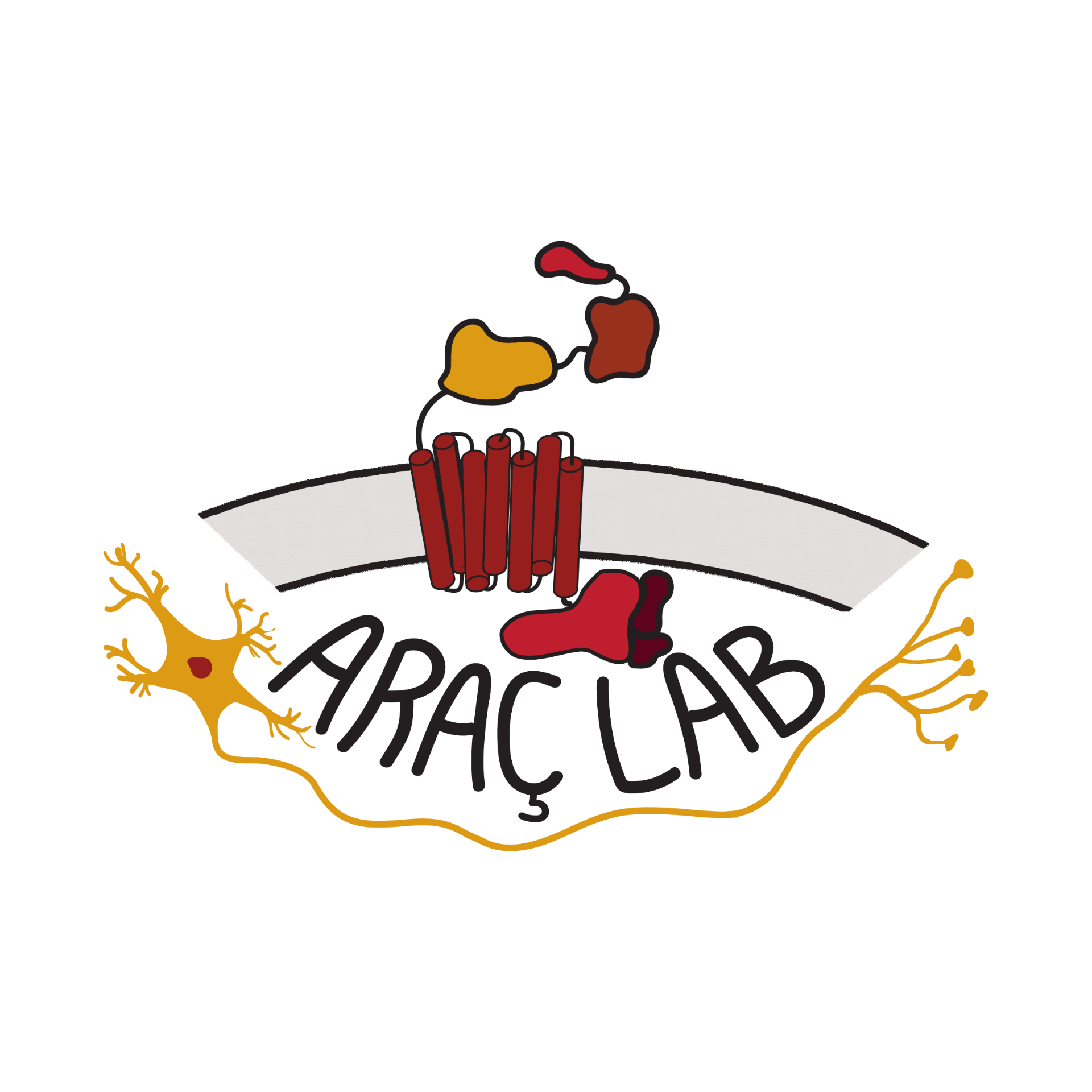Our lab studies the mechanism by which adhesion-class G protein-coupled receptors (aGPCRs) function in the nervous system. One of our goals is to decipher the role of the extracellular region in the function of aGPCRs using a combination of biophysical, biochemical and cell biological approaches.
-
We use the tools of protein biochemistry and structural biology to aid us in understanding aGPCR function.
-
The insights we GAIN from biochemistry and biophysics direct our work on the physiology and cell biology of aGPCRs.
-
We collaborate with neuroscientists and geneticists to understand aGPCR physiology at the level of the organism.





